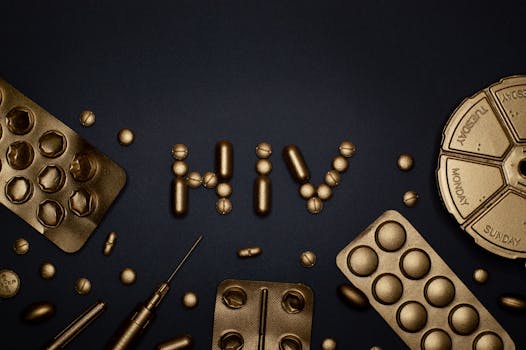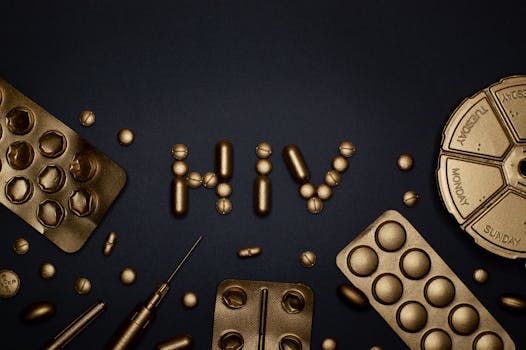
The Science Behind Vaccines and Public Health
Introduction to Vaccines and Public Health

Vaccines and public health are intricately linked, with the former playing a crucial role in preventing the spread of infectious diseases and protecting the latter. The science behind vaccines is rooted in immunology, the study of the immune system and how it defends against pathogens. The Science Behind Vaccines and Public Health is essential for understanding how vaccines contribute to the broader context of public health.
Historically, vaccines have been instrumental in controlling and eliminating diseases such as smallpox, polio, and measles. By introducing a small, harmless piece of a pathogen or a weakened form of the pathogen to the body, vaccines stimulate the immune system to produce antibodies and immune cells that can recognize and attack the pathogen if exposed in the future.
How Vaccines Work

The mechanism behind vaccines involves several key components and processes. First, the vaccine is administered, typically through injection, orally, or via nasal spray. Once inside the body, the antigens (pieces of the pathogen) in the vaccine are recognized by the immune system. This recognition triggers an immune response, where the body produces antibodies and immune cells (T cells and B cells) tailored to fight the specific pathogen.
The antibodies can neutralize pathogens by binding to them, marking them for destruction or directly neutralizing their ability to infect cells. Meanwhile, T cells can directly kill infected cells or assist in the production of more antibodies. This immune response not only protects against future infections but also contributes to herd immunity, a form of indirect protection from infectious disease that occurs when a large percentage of a population has become immune to an infection, thereby providing a measure of protection for individuals who are not immune.
The Impact of Vaccines on Public Health

The impact of vaccines on public health cannot be overstated. By significantly reducing the number of cases of infectious diseases, vaccines prevent suffering, long-term health consequences, and death. They also reduce the economic burden associated with these diseases, including costs related to healthcare and lost productivity.
Vaccination programs have been instrumental in global health initiatives, with international efforts to immunize populations against diseases like COVID-19, influenza, and human papillomavirus (HPV) being paramount. These efforts require continuous scientific research to develop new vaccines and improve existing ones, as well as public health strategies to ensure high vaccination coverage and address vaccine hesitancy.
Conclusion

In conclusion, The Science Behind Vaccines and Public Health is a powerful tool in the fight against infectious diseases. Through their ability to induce immunity and prevent the spread of pathogens, vaccines are a cornerstone of public health. Understanding how vaccines work and their impact on communities is crucial for supporting vaccination efforts and ensuring the health and well-being of populations worldwide.






